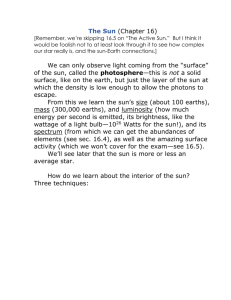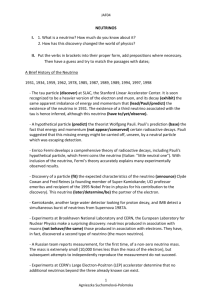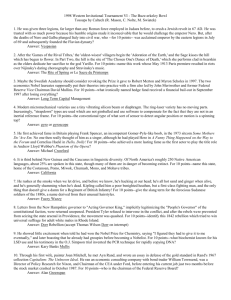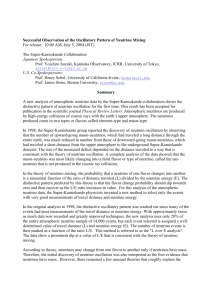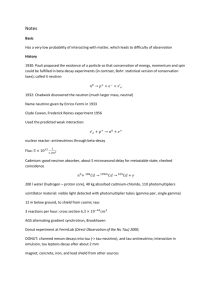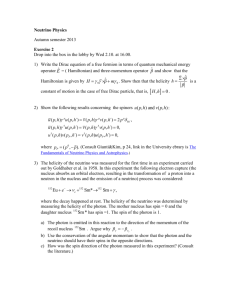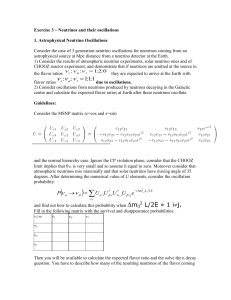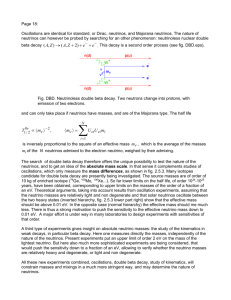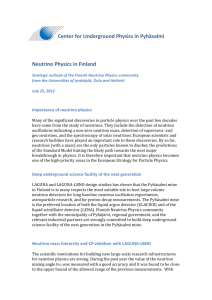JpGU2014
advertisement
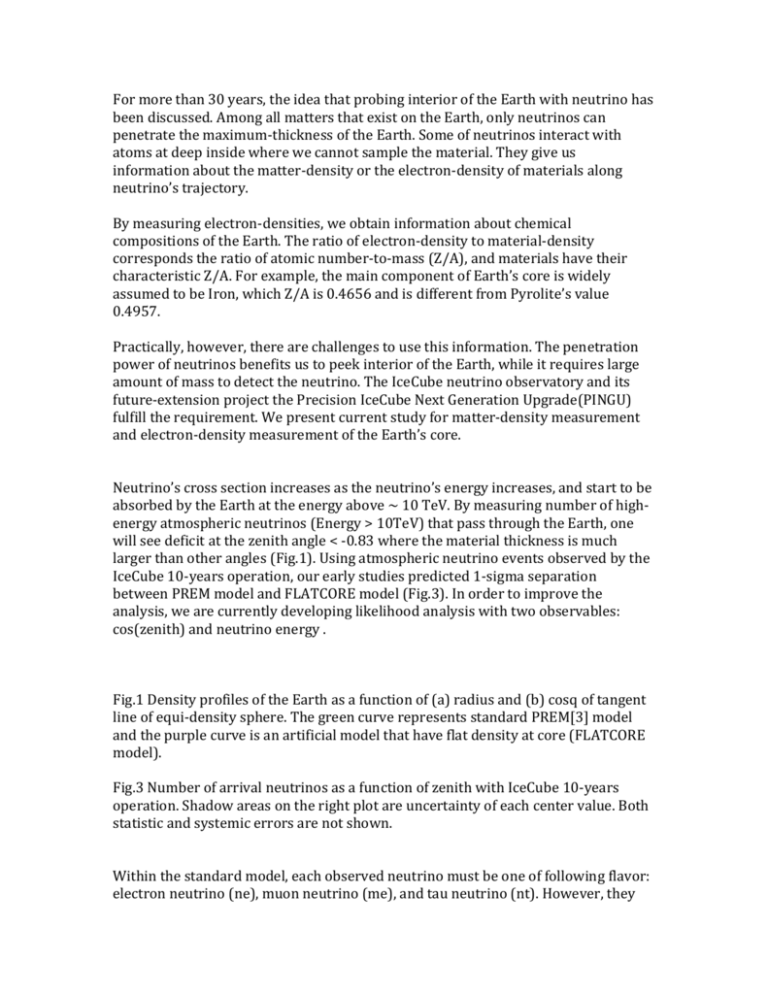
For more than 30 years, the idea that probing interior of the Earth with neutrino has been discussed. Among all matters that exist on the Earth, only neutrinos can penetrate the maximum-thickness of the Earth. Some of neutrinos interact with atoms at deep inside where we cannot sample the material. They give us information about the matter-density or the electron-density of materials along neutrino’s trajectory. By measuring electron-densities, we obtain information about chemical compositions of the Earth. The ratio of electron-density to material-density corresponds the ratio of atomic number-to-mass (Z/A), and materials have their characteristic Z/A. For example, the main component of Earth’s core is widely assumed to be Iron, which Z/A is 0.4656 and is different from Pyrolite’s value 0.4957. Practically, however, there are challenges to use this information. The penetration power of neutrinos benefits us to peek interior of the Earth, while it requires large amount of mass to detect the neutrino. The IceCube neutrino observatory and its future-extension project the Precision IceCube Next Generation Upgrade(PINGU) fulfill the requirement. We present current study for matter-density measurement and electron-density measurement of the Earth’s core. Neutrino’s cross section increases as the neutrino’s energy increases, and start to be absorbed by the Earth at the energy above ~ 10 TeV. By measuring number of highenergy atmospheric neutrinos (Energy > 10TeV) that pass through the Earth, one will see deficit at the zenith angle < -0.83 where the material thickness is much larger than other angles (Fig.1). Using atmospheric neutrino events observed by the IceCube 10-years operation, our early studies predicted 1-sigma separation between PREM model and FLATCORE model (Fig.3). In order to improve the analysis, we are currently developing likelihood analysis with two observables: cos(zenith) and neutrino energy . Fig.1 Density profiles of the Earth as a function of (a) radius and (b) cosq of tangent line of equi-density sphere. The green curve represents standard PREM[3] model and the purple curve is an artificial model that have flat density at core (FLATCORE model). Fig.3 Number of arrival neutrinos as a function of zenith with IceCube 10-years operation. Shadow areas on the right plot are uncertainty of each center value. Both statistic and systemic errors are not shown. Within the standard model, each observed neutrino must be one of following flavor: electron neutrino (ne), muon neutrino (me), and tau neutrino (nt). However, they change their flavor each other during flying in vacuum. This phenomenon is called “Neutrino Oscillation”. In addition, only when the neutrino is electron neutrino, the oscillation pattern is affected by the existence of electrons. In atmospheric neutrinos we know how much muon neutrinos and electon neutrinos exist. By comparing neutrino flux at Earth’s surface and at the detector, we obtain the density profile of electron inside the Earth (Fig.4). Because the matter is dense at the center of the Earth, it is practical to begin our study from measuring electron-density of the core. Fig.5 is a simulation plot that shows the survival probability of muon neutrinos after a propagation of full-length diameter of the Earth. Three assumptions are applied on the plot: 1) errors on two oscillation parameters will be reduced in a few years by Daya Bay experiment [4] and T2K experiment[5], 2) Mass hierarchy of neutrinos is normal hierarchy and 3) No sterile neutrino exist. Within 5-years PINGU will distinguish the Pyrolite core model from the Iron core model with more than 68% confidence level in the case of the normal neutrino mass hierarchy. (FIG.6). Fig. 4 Oscillation patterns are affected by the electron-density profile of the Earth. Fig.5 Surviving probability of nm at cosq = -1. Fig.6 Left: Exclusion of a pyrolite core model (as in the mantle) with respect to a pure iron core a time range of ten years using the likelihood ratio method. Right: The accuracy, measured in units of σ, of the Z/A measurement for the assumption of an iron core. See details in [2] page 59.

